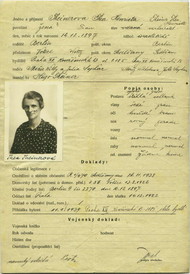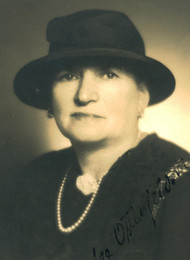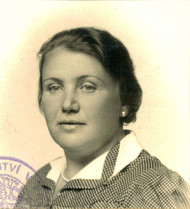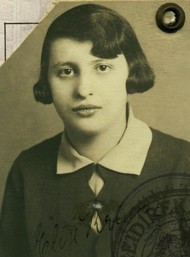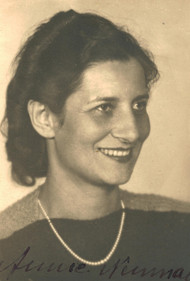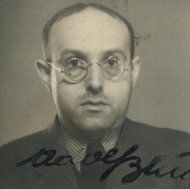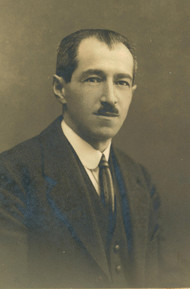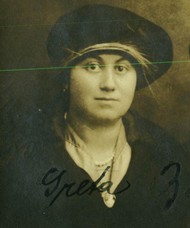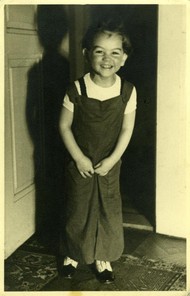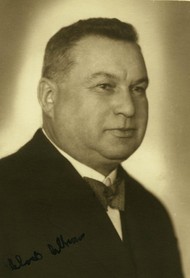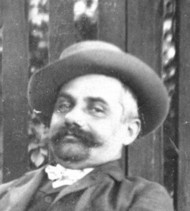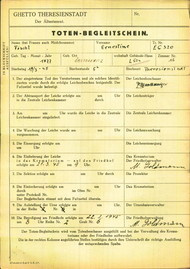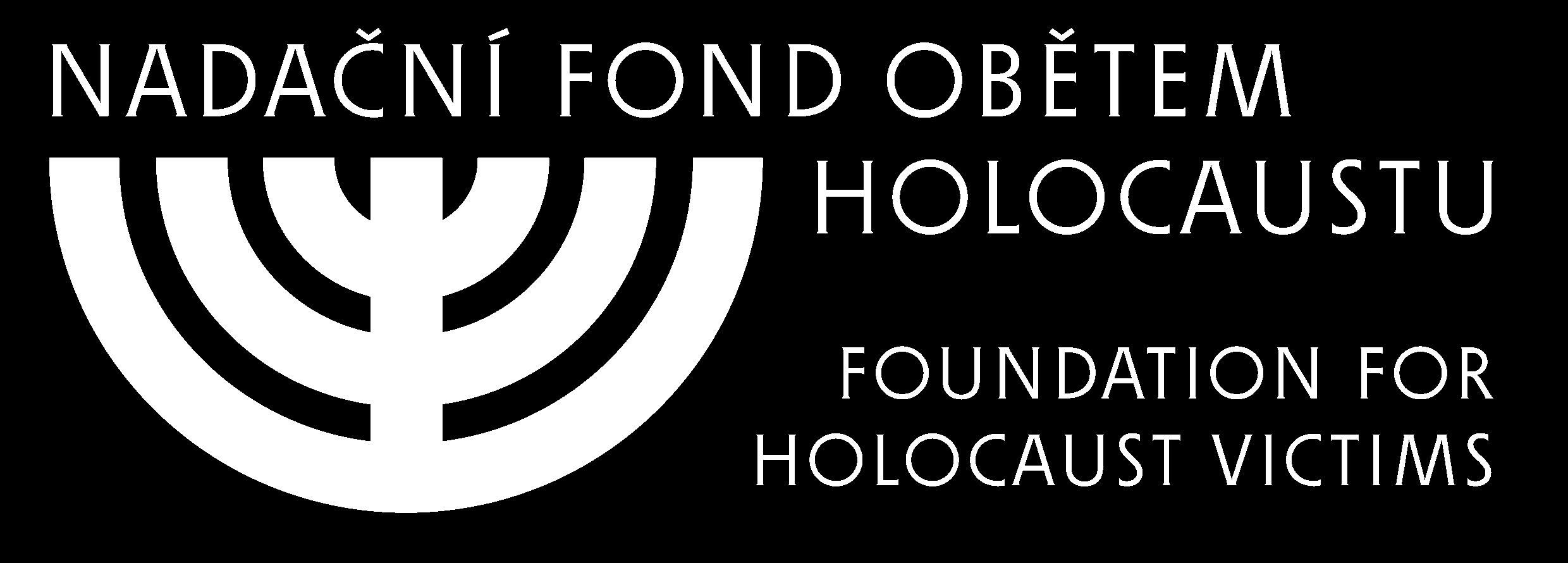Key a copyright.(In Czech)
The first one of the extermination camps was built close to the small town of Bełżec in the south-eastern part of the Lublin area, not far from the border between the Generalgouvernement and the part of Poland that was occupied by the Soviet Union. The Germans originally founded it at the start of 1940 as a Jewish labour camp where the inmates were supposed to be building fortifications and anti-tank defences against Russian troops. At the end of the year, however, it was closed.
Almost one year later, on the 1st of November 1941, an extermination camp was created there as part of Operation Reinhard. The former anti-tank ditches were to be used as mass graves. The construction was first worked on by the inhabitants of the town of Bełżec, but they were soon replaced by Jews from nearby ghettos. The commander of the camp was Polizeihauptmann and SS-Hauptsturmführer Christian Wirth, who had gained experience in the euthanasia extermination program. The other staff were German and Ukrainian supervisors who had been trained in Trawniki. There were approximately 700 to 1 000 Jewish labourers, each of whom worked only a few days before being sent to the gas chambers and replaced by new workers. Their tasks were the same as in Treblinka. Here, in addition, the hair of women gassed in the chambers was cut off, to be used for making footwear for the military.
The extent and appearance of the camp was similar to the other Operation Reinhard camps, Treblinka and Sobibor. However, it only had two parts: an administrative one and an extermination one. The area in which the new arrivals removed their clothes was connected with the gas chambers by a Schlauch
- see Treblinka.
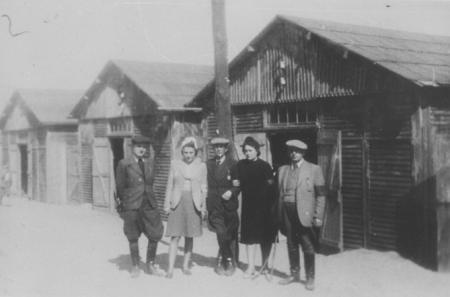
Five Jewish prisoners in front of huts in the Bełżec camp, May 1940. (Photo: Muzeum Regionalne w Tomaszow Lubelski, courtesy of USHMM Photo Archives.)
At first, there were three gas chambers in the camp. All the doors had rubber seals so that the gas, created by a 250 HP motor located in the hut next to the building, could not escape. The facility was designed by the commander, Christian Wirth, on the basis of a tour of Chelmno. At the end of February 1942, the chambers were ready for testing, using Jews brought in from the town of Lubycza Królewska. On the 17th of March 1942, the first Jews were transported from Lublin.
During the first four weeks of the camp's operation - from the 17th of March until mid-April 1942 - a total of 30 000 Jews from the Lublin ghetto were killed here, 15 000 from Lvov and a further 35 000 from ghettos in the Lublin area and eastern Galicia.
The preparations for and course of the extermination process were similar to those in Sobibor and Treblinka. At the entrance to the camp was a sign in Polish: Attention. Hang up all your personal effects here, with the exception of money, personal documents and other valuables, which you must take with you. Tie your shoes together and hand them over at the place indicated. Before entering the showers, remove all your clothes.

Roma prisoners sitting in an open space in the Bełżec camp, July 1940. (Photo: Jerzy Ficowski, courtesy of USHMM Photo Archives.)
From mid-April 1942 on, the extermination process was interrupted for a while. The camp leadership believed the capacity of the gas chambers was not sufficient, and that it had to be increased. The old facilities were demolished, and a new building erected. It contained six chambers of 5 by 4 metres, with a total capacity of 1 000 to 1 200 people - about half the number of people from twenty trucks. Over the entrance to the building was a sign saying Showers and disinfection area
.
In the second week of July, transports began to arrive again. Between July and October 1942 some 130 000 Jews came from the Krakow area and around 225 000 from the Lvov area. The transports also brought German, Austrian and Czech Jews who had already been deported to Polish ghettos. There was also a plan to send 200 000 Jews from Romania there, but the Romanian government refused to hand them over.
In early August 1942, SS-Hauptsturmführer Gottlieb Hering took over as camp commander. He replaced Christian Wirth, who had been promoted to inspector of all the Operation Reinhard extermination camps.
At the end of December 1942, the camp was shut down. By then, most of the Jews in the Generalgouvernement area had been exterminated, and the camp was closed on the decision of the leadership of Operation Reinhard. Sobibor and Treblinka continued to operate, however, as did Auschwitz-Birkenau.
Between December 1942 and spring 1943, the mass graves were opened and the bodies of victims were burnt, using pyres made from railway tracks. The traces of the extermination camp were covered over, and the 600 or so prisoners who were forced to help with the cremation were then sent to their deaths in Sobibor. The Bełżec site was turned into a farm, supervised by two Ukrainian guards. In the summer of 1944, Bełżec was liberated by the Red and Polish armies.
Several people tried to escape from Bełżec, but only one of them, Rudolf Reder, survived. He managed to escape in November 1942, and after the war wrote an account of his life in the camp
Altogether, 600 000 people were murdered in the Bełżec camp during a period of seven months. Most of them were Jewish, but there were also several thousand Roma.
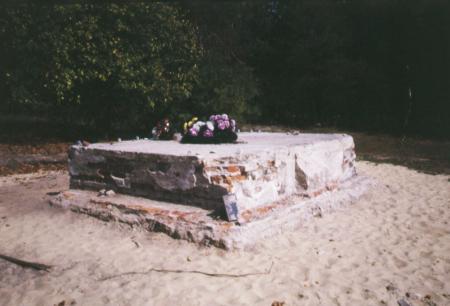
Plinth of demolished memorial in Bełżec. (Photo: M. Stránský)
-
Literature:
-
Reder, Rudolf. Bełżec. Kraków, 1946.
-
Arad, Yitzhak. Belzec, Sobibor, Treblinka. Bloomington: Indiana University Press, 1987. 437 s.
-
Kraus, Ota a Kulka, Erich. Noc a mlha (Nacht und Nebel). Praha: Naše vojsko, 1966. 431 s.
-
Mildt, Dick de. In the Name of the People: Perpetrators of Genocide in the Reflection of Their Post-War Prosecution in West Germany: The "Euthanasia" and "Aktion Reinhard" Trial Cases (Im Namen des Volkes: Die Übeltäter des Genozids in Anbetracht ihrer Nachkriegsverfolgu. Hague, London, Boston: Martinus Nijhoff Publishers, 1996. 442 s.
-
Gutman, Yisrael a Saf, Avital. The Nazi Concentration Camps: Structure and Aims: The Image of the Prisoner: The Jews in the Camps (Die nazistischen Konzentrationslager: Aufbau und Ziele: Das Bild eines Häftlings: Die Juden in den Lagern). Kernermann Publishing, 1997. 746 s.



